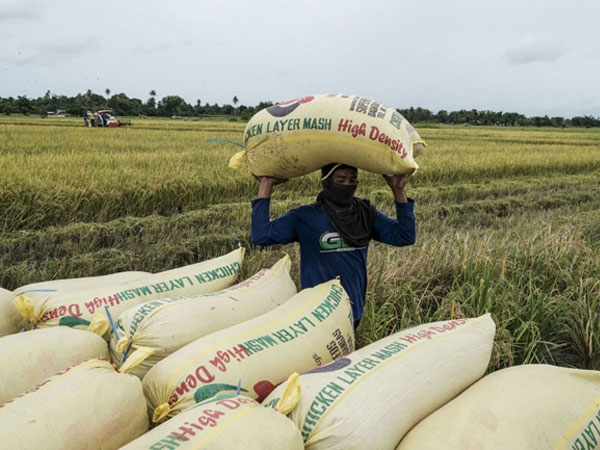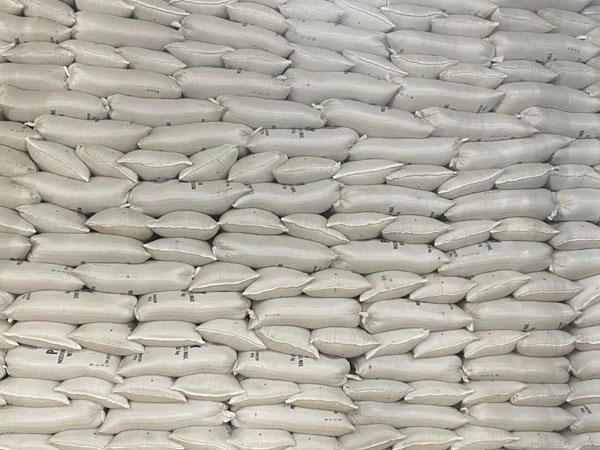 The country has lost nearly 480,000 metric tons (MT) of palay supply so far this year after weather-related shocks, particularly typhoons, ravaged plantations.
The country has lost nearly 480,000 metric tons (MT) of palay supply so far this year after weather-related shocks, particularly typhoons, ravaged plantations.
Since January, the local rice sector has incurred 479,813 MT of palay losses as of October 22, based on the latest damage reports of the Department of Agriculture (DA).
The southwest monsoon, along with tropical cyclones Mirasol, Nando, and Opong, accounted for the majority of the production losses in the rice industry, pegged at 354,831 MT, according to the agency.
The DA’s latest bulletin on tropical cyclones Paolo and Ramil, which recently wreaked havoc on the country, destroyed 9,557 MT and 289 MT of rice, respectively.
Prior to this, the DA had already registered 115,136 MT in palay losses due to weather-related shocks, most of which came from typhoons.
The latest figures, however, were yet to breach the average annual palay output losses ranging from 500,000 MT to 600,000 MT, according to agriculture officials.
“If you look at these losses incurred by the rice industry, it’s a mix of both partially and totally damaged crops,” DA Assistant Secretary Arnel de Mesa told the BusinessMirror.
“The partially damaged areas have a chance of recovery, meaning some of them can be harvested while others cannot.”
As such, the DA official assured the industry that palay output this year would not dip below the 2024 level, when reached 19.09 million metric tons (MMT), the lowest in four years.
De Mesa also said the agency remains optimistic that the country could reach its revised target of 20.3 MMT palay output in 2025, citing “improvements” in the third quarter harvest.
The DA had scaled back its palay output forecast this year to 20.3 MMT due to torrential downpours, which is lower than its initial projection of 20.45 MMT.
It added that erratic weather patterns could further lower expected paddy rice output in 2025 to as low as 20.09 MMT. If realized, the projected range would still be higher than the record 20.06 MMT in 2023.
Earlier, the Philippine Statistics Authority (PSA) reported that palay harvest may have grown by 18.1 percent to 3.93 MMT in the July to September period from 3.33 MMT in 2024. The third quarter is usually considered the lean season for rice.
However, the latest production estimate is 1.7 percent lower than the agency’s initial forecast of 4 MMT, the PSA said.
In the first semester of the year, the country’s palay harvest hit an all-time high of 9.077 MMT, indicating a 6.41 percent growth from the 8.53 MMT posted in the same period last year.
The last time unmilled rice production breached the 9-MMT mark in the first half of the year was in 2023, when it reached 9.026 MMT.
Historically, the second half of the year accounts for over 55 percent of total rice production.














© Copyright 2025 The SSResource Media.
All rights reserved.